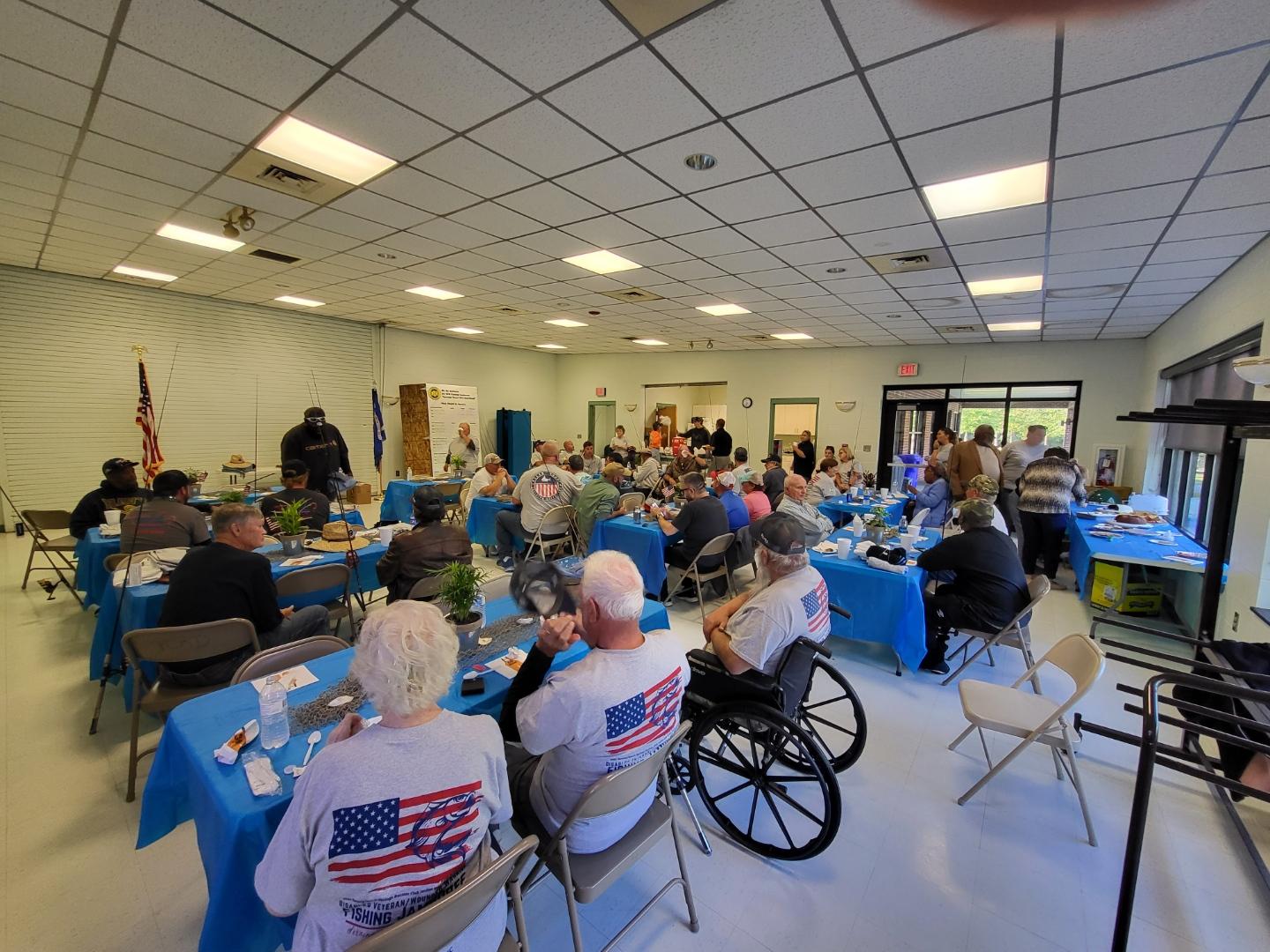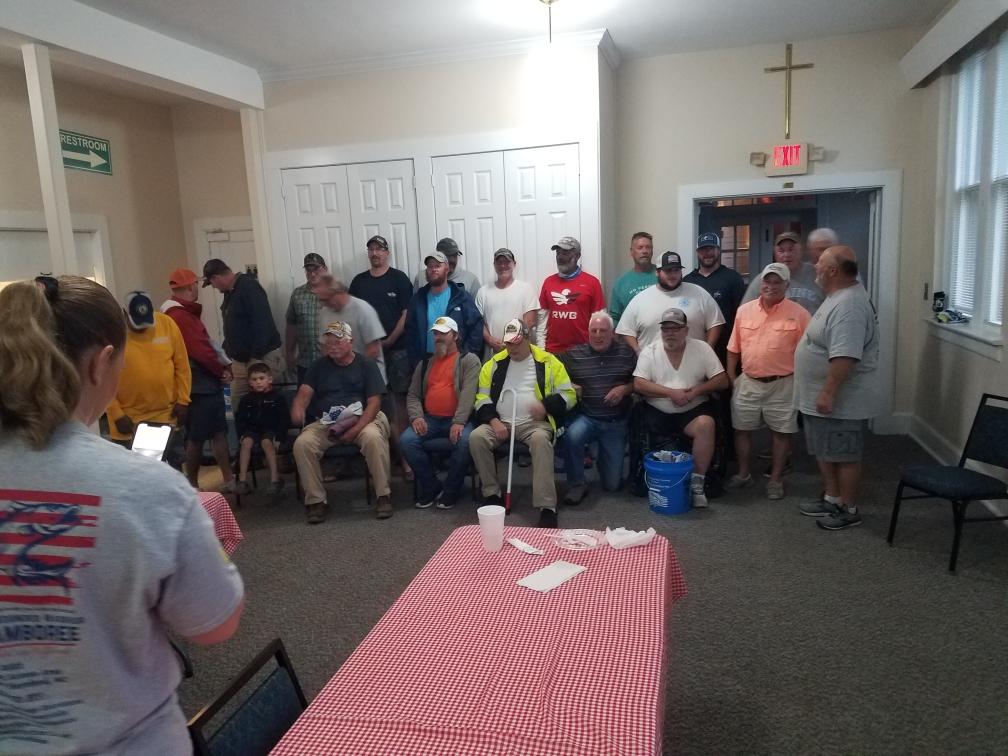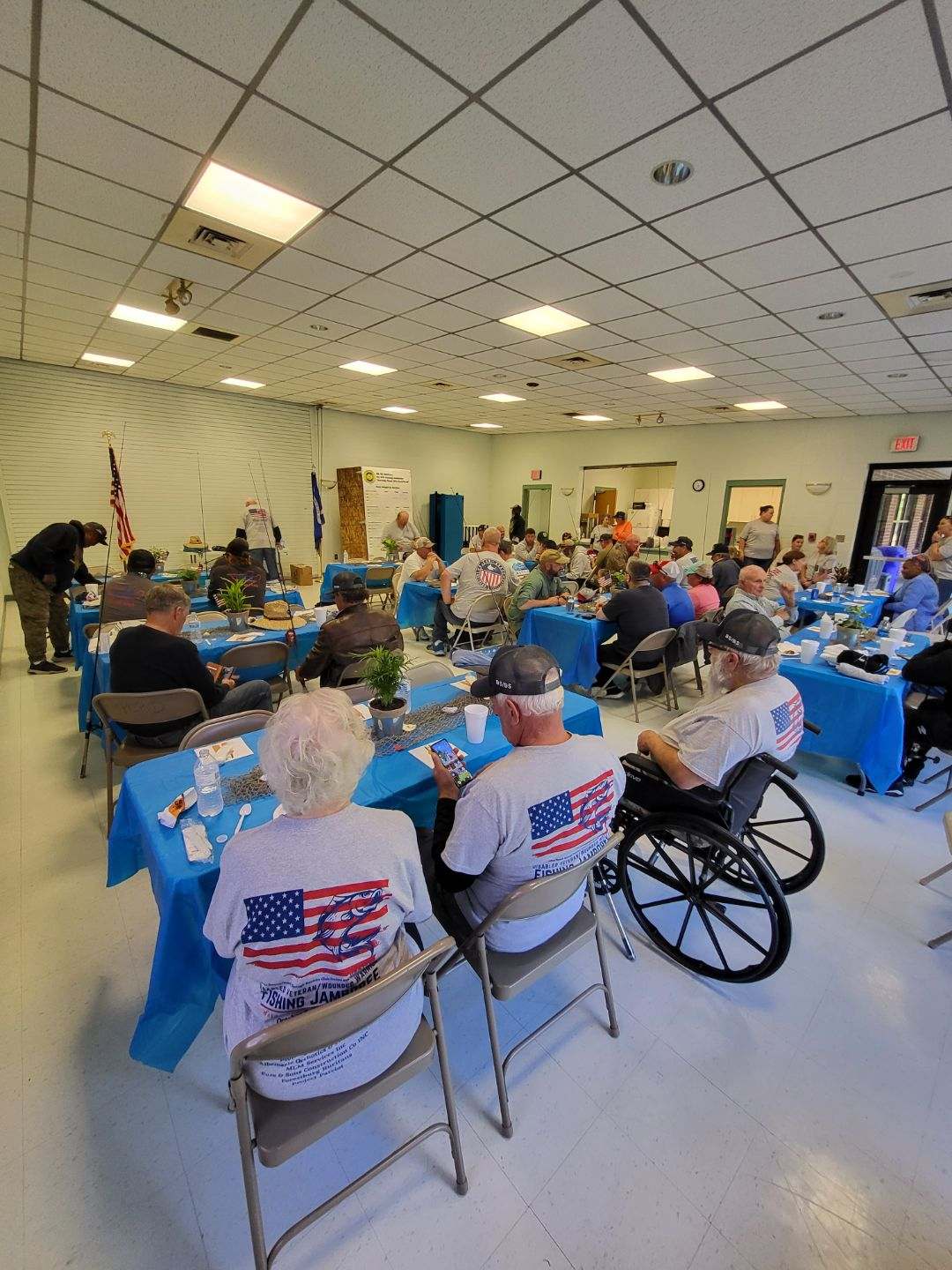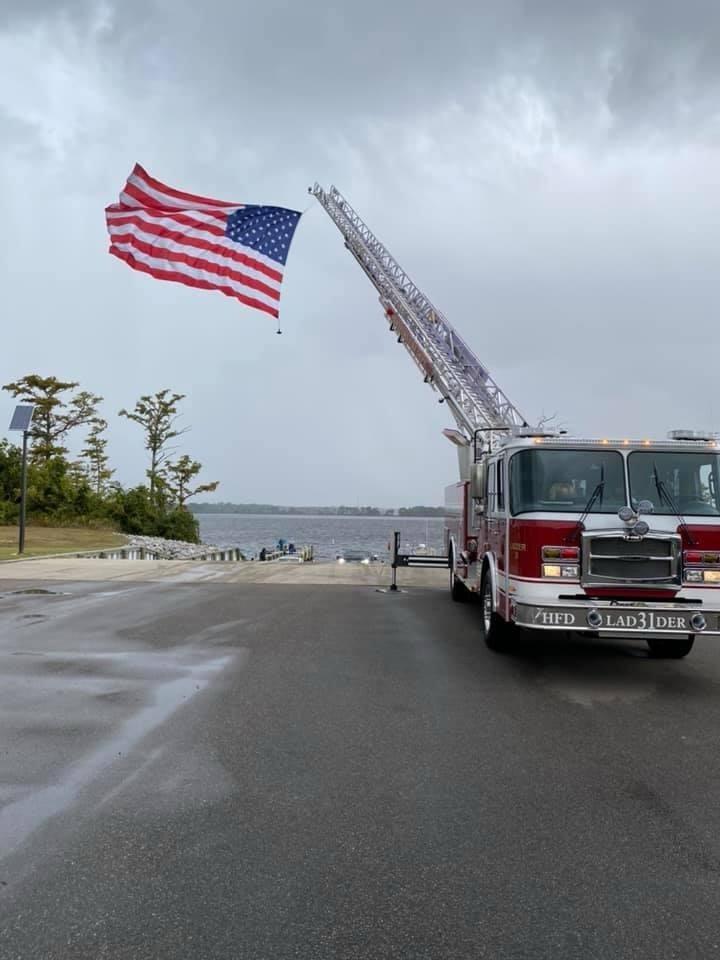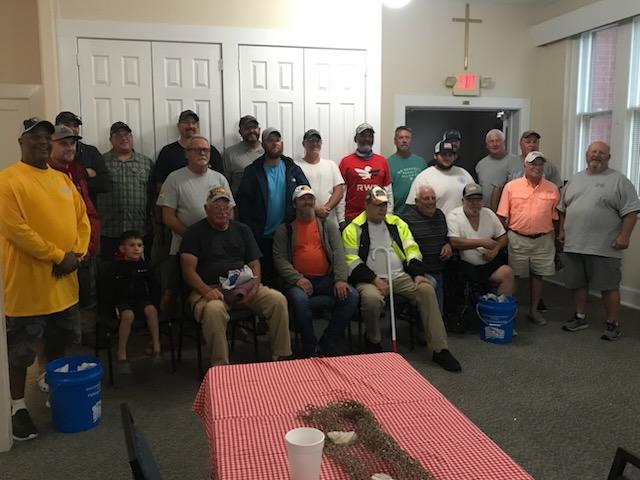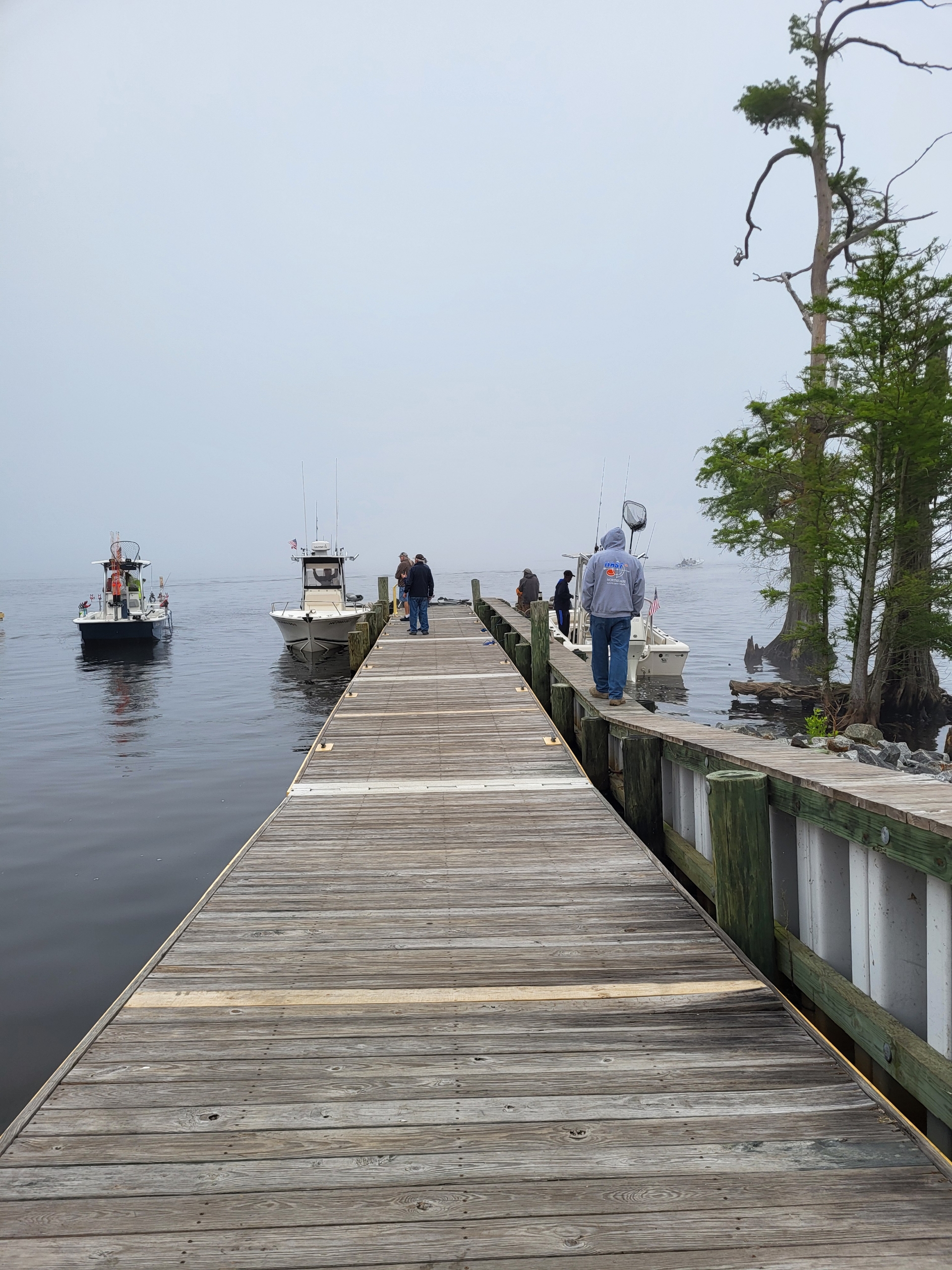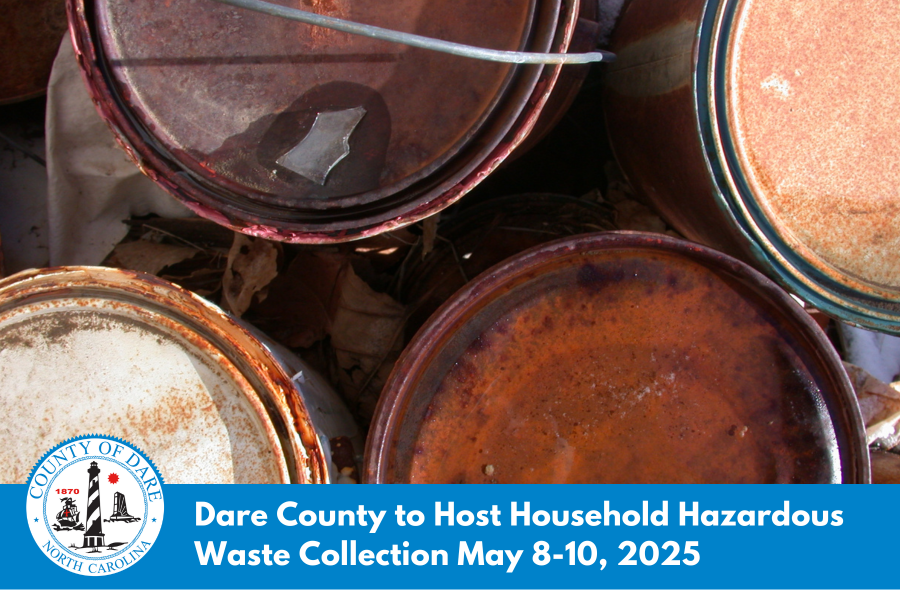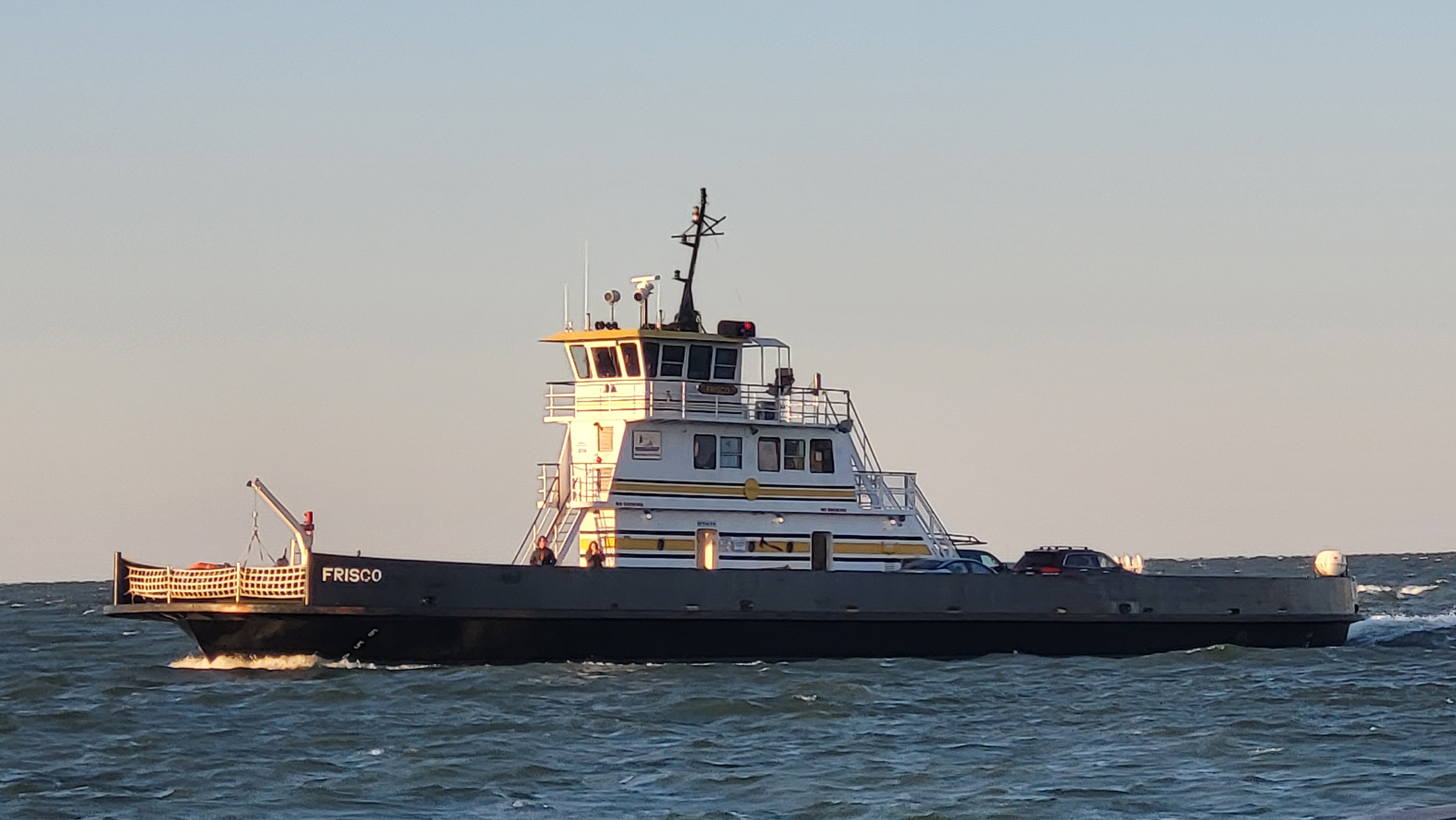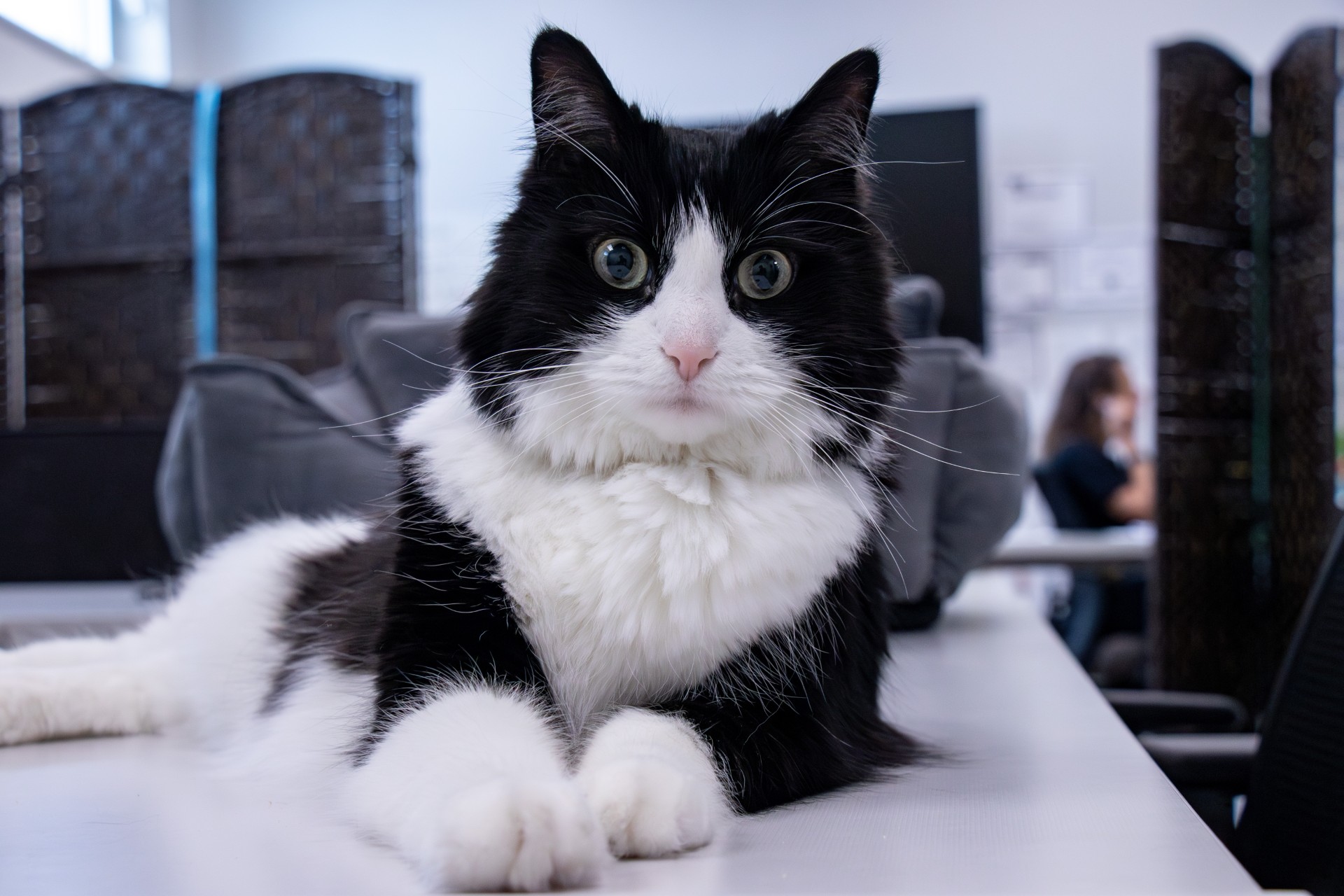Hatteras couple are recovering from two rounds of soundside flooding — just weeks apart By JOY CRIST
Jan Willis has a lot of experience when it comes to hurricanes.
She moved to Hatteras Island in the middle of a hurricane in 1971 to be the new kindergarten teacher at the Cape Hatteras School after taking a road trip to Hatteras Island and stopping at Conner’s while en route to find out who she needed to call to be a teacher in the area.
She also encountered her future husband, Eugene Willis, a Hatteras native, during the same storm soon after she arrived.
“I had a Siberian husky at the time. It was the eye of the storm, and I was out walking my dog in front of Sonny’s,” she says. “…Eugene and his friends came putting through in their Mustang, and he said ‘[Who’s that] crazy woman walking her dog in the middle of a storm?’”
They were married three years later in 1974.
In 1988, the Willises bought their charming home in Hatteras village, and in 1993, Jan had her first – but, unfortunately, not her last – experience with flooding during Hurricane Emily.
“Emily was the first time we ever had tide in the house, and it was so shocking, because you just don’t expect it to happen,” she said. “When it happened, I sat at the kitchen table for a couple days in shock, and wondering what to do next.”
After Emily, the Willises enjoyed a relatively storm-free existence – with Jan teaching at the school and Eugene working as a commercial fishermen and carpenter – until Hurricane Isabel arrived in 2003.
During Isabel, the Willises were stranded in Hatteras like all of the other village residents, and Jan was part of the small group of teachers and youngsters who ended up taking the Miss Hatteras headboat to and from school in Buxton, bypassing the new inlet that separated Hatteras village from the rest of the island.
During Hurricane Irene in 2011, which also flooded the village, Jan evacuated for 11 days with the family’s dogs, while her husband stayed at home with their cat. And during this year’s Tropical Storm Hermine on Labor Day weekend, their home got just enough saltwater flooding for Eugene to remove all the damp carpets in preparation for re-doing the floor.
As it turns out, it would be a pre-emptive move for what was to come.
Clearly, Jan and Eugene know their stuff when it comes to island storms, and when it comes to Matthew, Jan attests that the couple’s most recent brush with storms is also the most monumental.
“I think Matthew produced the most widespread flooding that I can remember,” she says. “I had never seen it come in that fast, or that deep.”
The Willises’ own Hatteras village home – which had weathered many storms before Matthew – received 22 inches of flooding inside, and roughly 48 inches outside, wiping away all of Jan’s colorful landscaping in the process.
“This summer, our yard was the prettiest it has been in years,” she says as she examines a couple of rose bushes and a towering jasmine vine for signs of life. “Everything was lush and blooming. It was so beautiful all summer, and it was gone within 12 hours.”
The Willises’ Hurricane Matthew story, like that of many Hatteras villagers, begins at around 4:30 a.m. on Sunday, Oct. 9.
The Willises had picked up everything that was 12 inches or less above the ground, just as they had done before for past hurricanes and were reasonably prepared hours before Matthew arrived. Outside, the weather seemed like it was a dead calm, with little wind. And then, the wind whipped around to the northwest, and everything changed.
“[Eugene] woke me up at around 5 a.m., just about the time it started,” says Jan. “I grabbed some clothes, got out of bed, and then the water started pouring in.”
They estimate that it took 30 minutes to an hour at most for their home to be inundated with well over a foot of water. They spent the rest of the ensuing long day – the first of many – moving whatever items they could from the ground level, chasing after runaway freezers, and surveying the home in waders, figuring out what needed to be done next.
The house is all on one level, and while it does have an attic with pull-down stairs, retreating to the dry, upper level presented some problems – mainly in the form of their giant teddy bear of a Bernese mountain dog, Sea Breeze.
“In the worst case scenario, we could have gone in the attic,” says Jan. “But we couldn’t figure out how to get Breeze up those steps.”
Instead, the Willises tended to their home, and Sea Breeze and his companion Gus – an elderly red cat – rode out the storm on the dryer section of the Willises sofa, which Sea Breeze anchored with his sheer weight alone.
The water stayed high for a good six hours or so, until it finally started to depart the Willises residence around 2 p.m.
Matthew hit Hatteras village more than two weeks ago. And since that initial flooding, Jan and Eugene have been working nonstop to get their home back together.
Anything upholstered had to be removed, and even two weeks after the storm waters had receded, Eugene was still busy spraying the interior of the house where walls used to be with bleach to remove the potential mold growth.
Their yard was a mess after the storm – with piles of seaweed and odd debris piled high on the porch – and personal belongings had to be moved in an ever increasing series of totes to make the remodeling process, and the salvage efforts, easier.
Jan, who taught at the Cape Hatteras School for 30 years before retiring about 15 years ago, had a couple of especially poignant losses in the process, including her once beautiful yard and some of her school keepsakes, which were either lost or temporarily displaced.
“All of the school memorabilia in that room had to be taken down,” she said.
When Jan retired from her teaching career, she had just started to have the “kids of kids” in her classroom, or kids whose parents she had taught at one point. On a door in her house she had photos of all of her kindergarten students who had ever given her a photo. The door was covered with clear contact paper to protect it, and it remains questionable about whether it can be saved.
“I hope it’s still okay,” she said. “Everyone signed it… and it has all my photos of my ‘kids.’”
Like many residents, Jan is also heartbroken by the island-wide losses that are evident along every stretch of Highway 12 on southern Hatteras. Matthew didn’t just inundate homes – it also affected businesses, and the remnants of Matthew are clearly visible in every direction.
“It’s sad to drive on the highway,” says Jan. “You feel like you’re in a tunnel because of the piles of stuff that are all around you. Everyone lost a fridge, a washer, a dryer, furniture… we were all affected by this one.”
But despite the damage that is still in the process of being assessed – let alone fixed — and despite a temptation to move to higher ground in some other region of the country, the Willises have plenty of reasons to stay.
Within the first couple of days, Jan and Eugene were contacted by three people to see if they needed a place to stay while they cleaned the mud and saltwater out of their home.
And even on a recent day – a good two weeks after the storm – neighbors were still dropping by with homemade meatloaf and/or full dinners so that the Willises didn’t have to interrupt their cleaning efforts to make something to eat.
“The Salvation Army is also the best,” says Jan. “They arrived a day after the storm and served three meals a day… we’ve had a couple of those meals, and they were great!”
And the main incentive for the Willises to stay put boils down to the people.
“The atmosphere in Hatteras is incomparable,” says Jan. “And we live here because of that. When I go to the grocery store, Eugene will ask ‘What took you so long?’ And I’ll tell him it’s because I got talking with so-and-so in line at the store, or at the post office, or in the parking lot.
“We always used to joke that we’d have parent-teacher conferences behind the potato chip rack at the grocery store… because you just see people when you’re out.”
And while storm clean-up gets harder with the years, Jan and Eugene have no intention of leaving.
“I’ve thought more about moving after this [hurricane] than ever before, because the older you get, the harder it is to come back [after a storm],” says Jan. “But, no, I’m not going anywhere…”
“It’s the people that live here that make this a wonderful place to live,” she says. “The people really do come together [after a storm]… And I can’t think of any other place I want to live.”







